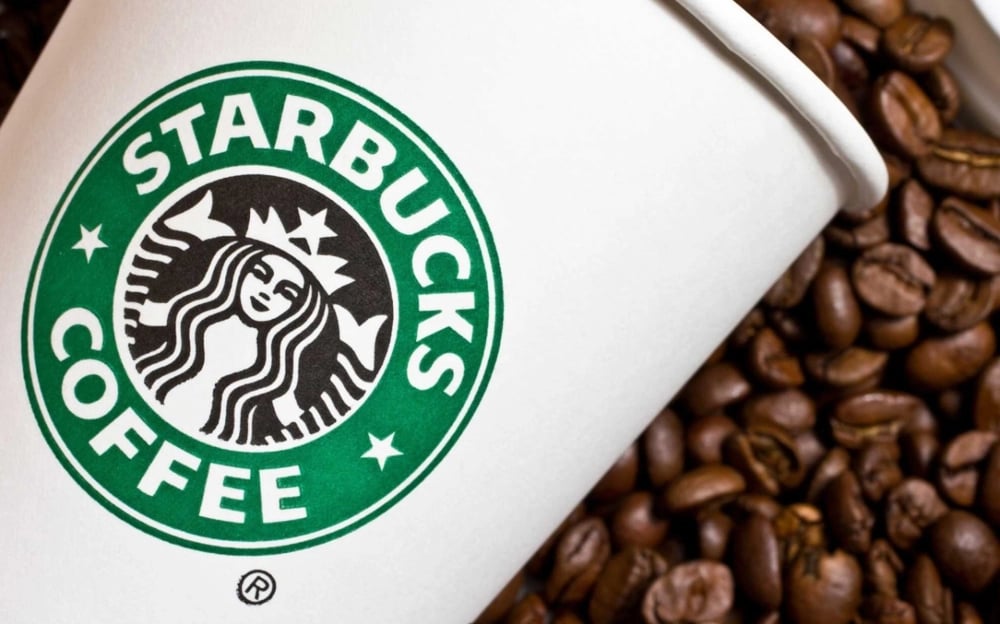Starbucks Slashes Tea Beverage Prices in China Amid Competitive Market Pressures
Starbucks Corporation $SBUX has initiated a targeted price reduction across more than a dozen of its tea-based beverages in China, including Frappuccinos, iced teas, and lattes. The price cuts, averaging 5 yuan (USD 0.70), reflect a recalibration of the company’s product strategy on its second-largest global market, where consumer sentiment remains subdued and local competition continues to intensify.
Announced via the company’s official WeChat account, the discount campaign is designed to capture seasonal demand during summer while diversifying Starbucks’ traditionally coffee-centered offerings. According to the announcement, the campaign’s objective is to position tea beverages not merely as supplementary, but as core to the chain’s evolving product portfolio in the region.
Market Context: Starbucks Navigates a Cooling China Growth Curve
In recent quarters, Starbucks has struggled to maintain sales momentum in China amid a backdrop of sluggish consumer recovery, growing cost sensitivity, and the ascendance of domestic rivals such as Luckin Coffee $LKNCY and boutique tea chains like HeyTea and Nayuki. While coffee consumption has grown steadily, tea culture remains deeply rooted in Chinese consumer behavior — making it a logical vector for strategic pivot.
With foot traffic softening in key urban centers, Starbucks appears to be using pricing levers to revitalize volumes and defend market share. This move signals not only an operational response to near-term pressures but also a deeper structural shift in product-market alignment.

Campaign Highlights and Execution Focus
The summer pricing campaign integrates both promotional and product development goals:
A price reduction of ~5 yuan across select iced teas, lattes, and Frappuccinos;
Strategic emphasis on non-coffee products during warmer months;
Communication delivered via WeChat and local digital platforms;
Reinforcement of brand versatility beyond coffee-centric identity;
Statement of long-term commitment to customer diversification.
In a quote attributed to Tony Yung, Development Director at Starbucks China, the updated beverage portfolio is expected to “better meet the diverse needs of customers”, indicating a customer segmentation strategy that extends beyond coffee enthusiasts.
Competitive and Brand Positioning Implications
The tactical discounting of non-coffee beverages introduces a nuanced balancing act: attracting new or occasional customers while preserving brand equity. Starbucks must defend its premium image while addressing the economic pragmatism of a value-conscious middle class — a demographic segment increasingly courted by digitally native, fast-scaling Chinese competitors.
However, Starbucks’ global scale and retail sophistication afford it certain advantages. These include more efficient supply chains, data-driven personalization, and robust loyalty infrastructure, which may help offset short-term margin compression from promotional pricing. At the same time, deepening its relevance in China requires more than reactive campaigns. A sustained product localization effort — one that authentically incorporates tea culture without diluting global branding — will likely define the long-term success of such initiatives.















Comments
Starbucks is smartly trimming prices to stir up excitement in the competitive Chinese market.
Starbucks is tweaking its prices to attract more customers in a challenging market.